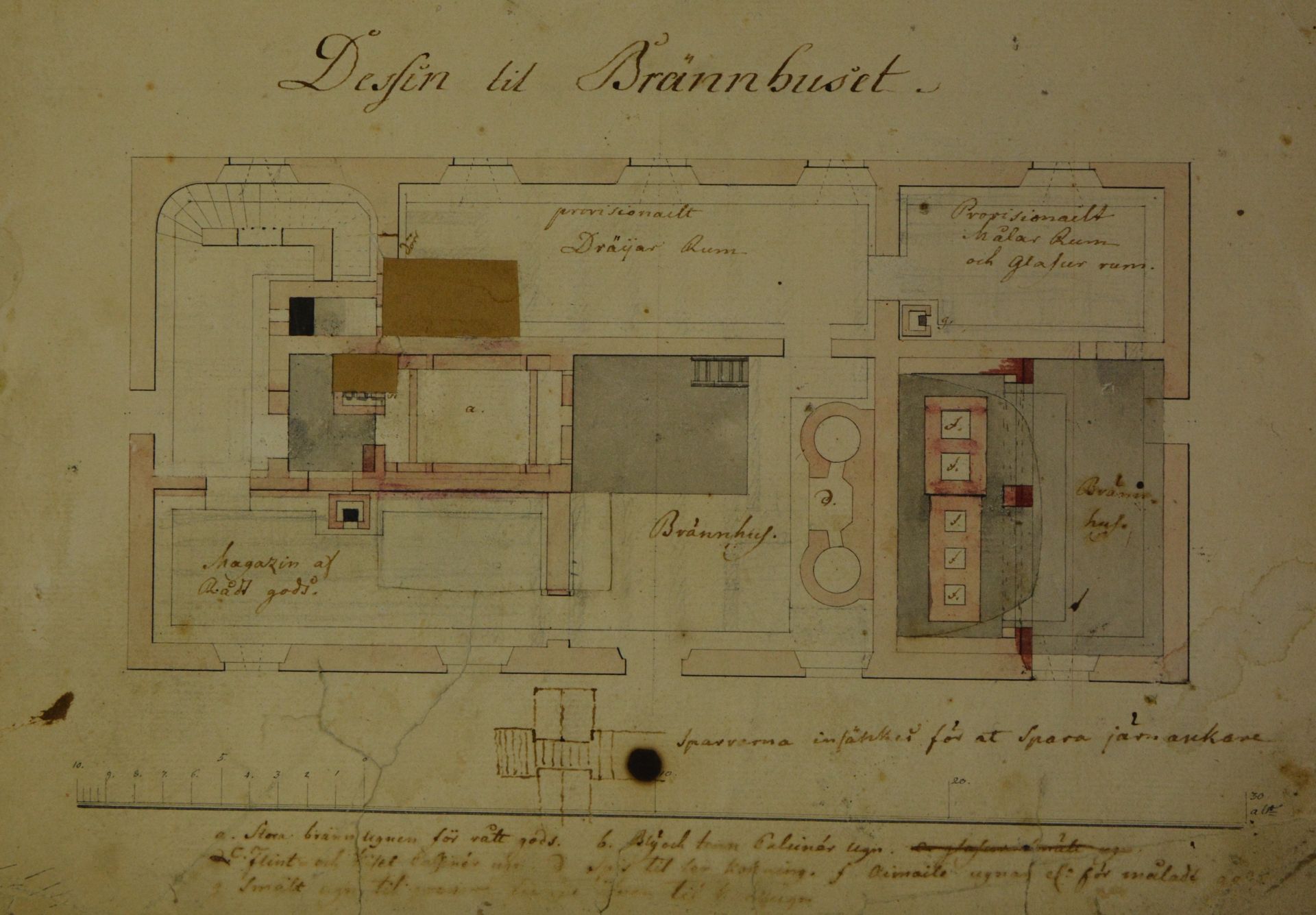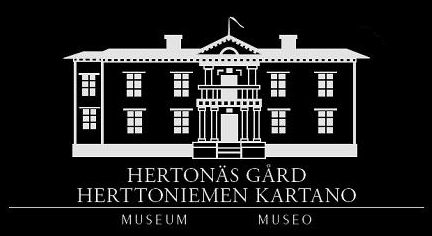Bengt Gabriel von Spången was a third generation commander in the army from the Swedish noble family von Spången. His grandfather became a lieutenant colonel and was raised to the rank of nobility in 1691. His father Carl Magnus also rose to the rank of lieutenant colonel. Bengt Gabriel on the other hand made the rank of colonel at the artillery brigade in Göteborg. Apart from being a military man Bengt Gabriel was a talented musician and artist. He was a flutist and a member of the musical order Utile Dulci in Stockholm. Furthermore he was elected to be member number 26 in the Royal Musical Academy of Sweden in 1772. Bengt Gabriel von Spången was married to Sofia Fredrika Westrell. The couple got two children of which whom the elder, Maria Fredrika, was born on Hertonäs manor.
Besides farming and stock raising, there have been industrial undertakings on Hertonäs estate. For instance, a brick factory, a faience factory and a small canal operated on the estate. Bengt Gabriel founded the faience factory in 1762 in the form of a joint stock company with twelve owners, which included the former owner of the estate Augustin Ehrensvärd and the future owner Johan Sederholm. The pottery was located, in what nowadays is the manor house, but was moved to another house on the estate in the early 1800-hundreds by Carl Olof Cronstedt, who repurposed the house to be his residence.

Picture of the design after which the the pottery was built. Photography: KH 2022.
von Spången also built a canal between Hertonäs and Tammelund in accordance with a contract made with the magistrate of Helsingfors and the local villages in 1762. A bascule bridge was built over the canal, which could be raised for a small fee for passing vessels. It also functioned as a passage to the crofts on Tammelund. Unfortunately it seems that the canal was not such a good venture, because C.O. Cronstedt closed it down later in the 18th century due to high costs. The strait closed up during the 19th century and the canal which is there today was only built during 2000 – 2001.
The operations of the estates crofts also improved during von Spångens time. He signed nine new contracts for crofts in 1767, which increased the number of crofts on the estate by four times. Additionally, von Spången planned on building a new manor house, two wing buildings, two gazebos and several agricultural buildings on the estate but sadly these plans were never finished. He sold the whole estate to Johan Sederholm in 1777 and moved to Stockholm, where he was promoted to lieutenant colonel and head of the armoury. In 1778 a son was born in to the family who also made a carrier in the military. He died childless, which meant the von Spången noble family died out after only four generations.
Sten Selin's internship at Hertonäs Manor Museum has been financed by Svenska kulturfonden.
Sources:
S. Aalto, S. Gustafsson, J-M. Granqvist, Fästningsstaden Helsingfors och Sveaborg 1721-1808, Helsingfors 2021.
S. Backman, Hertonäs gård. Från säteri till museum, Helsingfors 2017.
Adelsvapens genealogi Wiki, ”Von Spången nr 1297”, https://www.adelsvapen.com/genealogi/Von_Sp%C3%A5ngen_nr_1297
Kungl. Musikaliska Akademien, ”Ledamöter sedan 1771”, https://www.musikaliskaakademien.se/omakademien/organisation/ledamotersedan1771.3388.html
